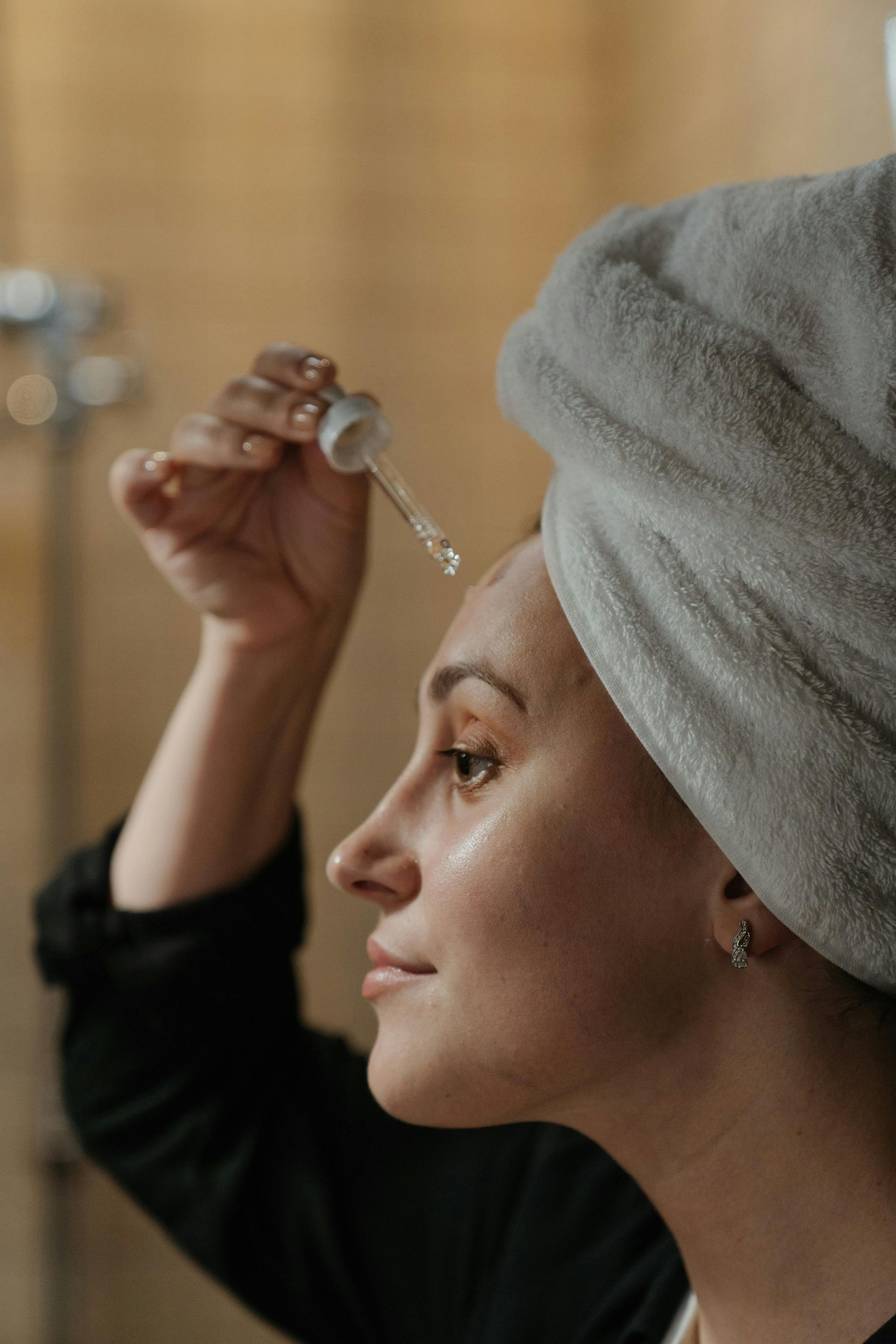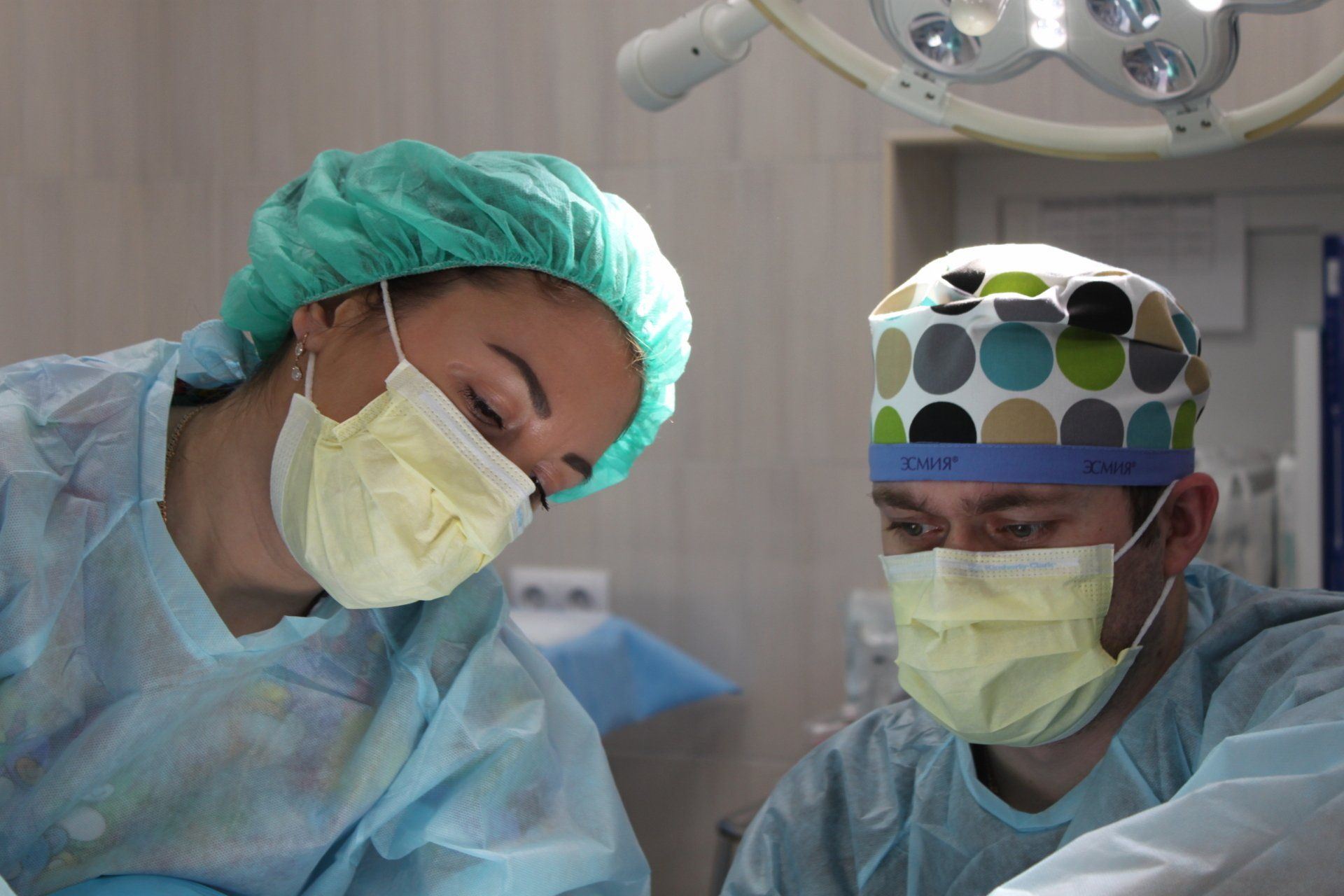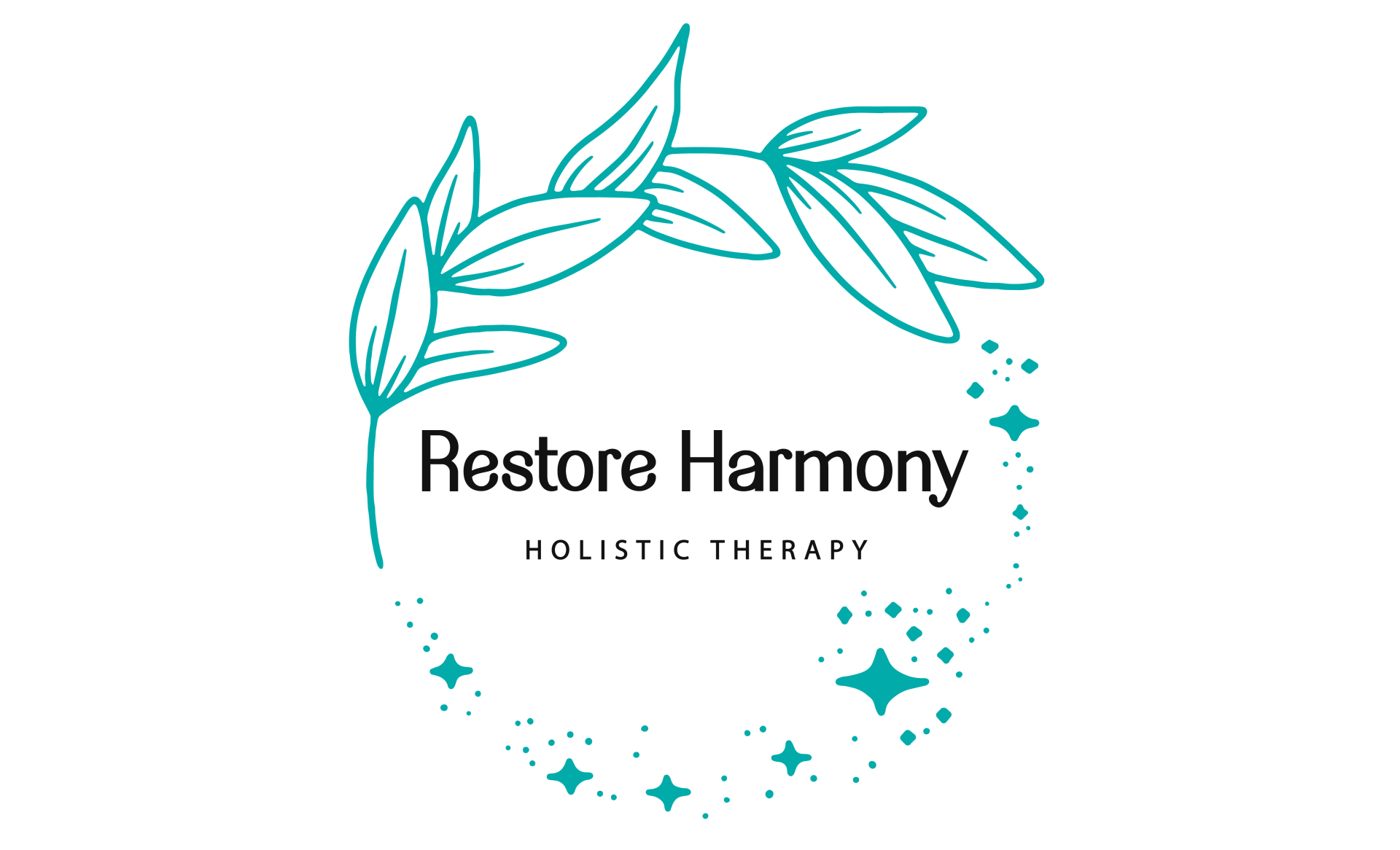Achieve your goals with Radio Frequency
With Radio Frequency, a healthy diet, and fitness plan you can achieve your body goals in 2024....
If your' resolutions this year are about getting confident, fit and healthy, with SkinBase Collagen Lift (radio frequency), a healthy diet, and a fitness plan, achieving your goals will become easier than ever in 2024.
Diet
Eating healthy, nutritious foods is beneficial for the brain and the body, particularly for women dealing with perimenopause symptoms. A healthy diet can minimise hot flushes, prevent hormonal weight gain and insulin resistance, help with sleep and keep the bones and heart healthy. Lots of foods have multiple beneficial effects for the body, so it should be straightforward to create a menopause friendly food plan.
Dairy
Incorporating dairy products into your diet is essential for maintaining healthy bones, as dairy products are an excellent source of calcium. Pre-menopause, it is recommended that women consume around 1000mg of calcium every day. During perimenopause, this recommendation increases slightly, to around 1200mg, to combat the negative effect that reduced oestrogen has on bone health. Upping your calcium intake with milk, cheese and yoghurts reduces the risk of bone fractures and osteoporosis.
Protein
As well as decreased bone density, menopause also has an effect on muscle mass. Incorporating quality protein sources into every meal is the best way to combat this and maintain muscle. Menopausal women can increase their protein consumption with lean meats, eggs, fish, dairy and legumes such as lentils and broad beans. Women who find it difficult to achieve the recommended daily amount of protein can also use protein powders to boost their intake. Generally, menopausal women need 20-25g of protein per meal.
Healthy Fats
Omega-3 fatty acids, also known as healthy fats, are essential for cardiovascular health. Oestrogen protects the heart, controlling cholesterol levels and reducing the risk of fat build up in the arteries. When oestrogen drops during perimenopause, the risk of fat build up increases considerably, increasing the risk of coronary heart disease. Eating fatty acids such as salmon, mackerel, anchovies, flax seeds and chia seeds have been associated with better health during menopause. Those who do suffer from coronary heart disease during menopause are found to have lower levels of omega-3.
Fruits & Vegetables
Eating a rainbow diet of fruit and vegetables is key to living a healthy lifestyle, typically with more energy and more time spent feeling good. Leafy green vegetables, such as spinach, cabbage and kale, are found to have the greatest effect on reducing menopause symptoms. The same is true for cruciferous vegetables, such as broccoli and cauliflower, which are thought to positively impact oestrogen levels. All fruits and vegetables are packed full of fibre, minerals, vitamins and antioxidants to improve health and wellbeing.
Whole Grains
Whole grains are also key to feeling good during menopause, and can easily be incorporated into a healthy diet by making some easy swaps. Eating brown rice and whole wheat bread instead of white rice and bread is beneficial as whole grains have high nutrient levels, such as fibre and vitamin b. A diet consisting of plenty of whole grains has been linked to improved heart health, minimising the risk of heart disease.
Recent studies have found women who eat more vegetables, fruit and wholegrains, and less processed foods are better equipped when it comes to menopause, experiencing less symptoms on average.
Phytoestrogen Foods
Phytoestrogens are found in some foods, and are compounds that act as weak estrogens in the body. The extent of the effect of phytoestrogens for menopausal women is currently debated, with more research necessary. However, the most recent research suggests phytoestrogens do benefit peri-menopausal health, particularly bone and cardiovascular health. Sources of phytoestrogens include: chickpeas, peanuts, flaxseed, barley, grapes, berries and soybeans.
Exercise
Exercise can help with muscle mass, heart health, sleep, anxiety, low mood and bone health, to name a few. A mixture of cardio, strength and balance exercises, totalling around 150 minutes per week, is the best way for your clients to combat the detrimental impacts of menopause and stay fit and healthy.
Cardio Exercises
Regular cardiovascular exercises, such as running, cycling, dancing and high intensity interval training (HIIT) are key to maintaining the health of the heart, lungs and blood vessels. These exercises get your blood pumping around the body, improving the efficiency of circulation while also increasing energy levels, boosting mood and enhancing sleep quality.
Strength Training Exercises
Strength training is vital for peri-menopausal women, as exercises such as squats, lifting dumbbells and pilates increases bone density as well as strengthening muscles. This type of exercise also helps with metabolic health, to minimise weight gain, and can help improve mental health too.
Balance Exercises
Mobility and balance abilities can naturally decline during menopause because of the loss of muscle mass. It is important for menopausal women to maintain their balance and mobility for a healthier future, to reduce the risk of falls and the detrimental effects that may occur as a result. Balance exercises such as yoga, pilates and tai chi are also mentally beneficial, as they often involve an element of mind-body exercise too. Menopausal women often experience high levels of stress, so this time for mindfulness and reflection can have an incredibly positive impact.
Collagen Lift + Exercise
Moderate exercise helps to stimulate the lymphatic drainage and the circulatory systems, allowing waste products to be removed properly. Exercise also aids in the oxygenation and nutrition of skin tissue, as during exercise, nutrients and oxygen are passed to the tissues that need it. A lack of exercise can cause stagnation, where waste products remain in the body and oxygen and nutrients are not distributed properly. This can impact the results achieved with the Collagen Lift treatment.
Collagen Lift + Diet
The ingredients that you put into your body are the building blocks for your skin. If you want super skin – you need to provide your body with the tools that it needs to achieve that. Eating a healthy diet during a course of Collagen Lift will help to maximise the results you achieve.
Collagen Lift + Hydration
Collagen Lift heats the deepest layers of the skin by conducting radio frequency energy. Hydration is a key to maximise treatment results as hydrated tissues conduct the waves of energy better. Therefore, allowing the radio frequency to penetrate deeper and more effectively for the best results. Between treatments, drinking lots of water also helps remove toxins from the body, prevents fine lines and wrinkles, and aids in the boosted production of hyaluronic acid.
Follow Me.



